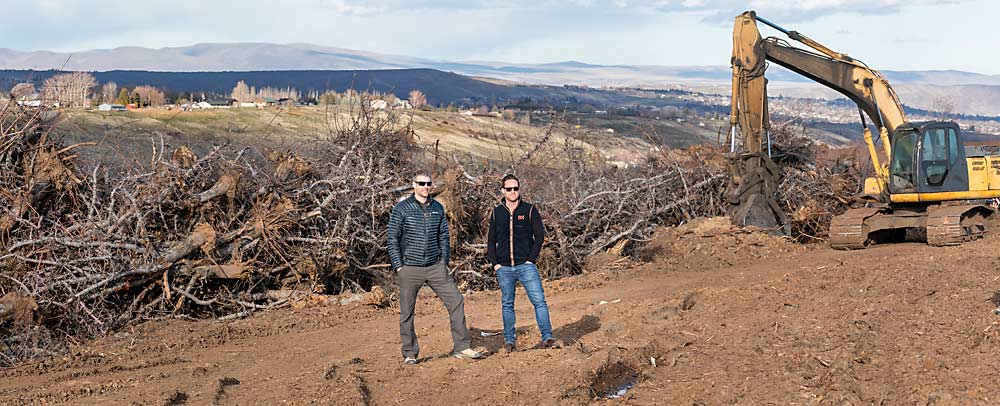
A new ag tech company wants to help orchardists get paid for their climate-friendly farming practices.
“Without a doubt, our ability to sell carbon credits is the big sell right now,” said Ben Bardsley, the founder of BX, a software platform designed to help growers track their sustainability and monetize making greener choices.
While entire regulatory markets have been built around greenhouse-gas-reducing practices for other ag sectors, such as the dairy industry, the fruit industry has seen little activity. Bardsley hopes to change that, starting with a softball: burn piles.
If growers forgo burning in favor of chipping old trees and then contract those chips to be converted into carbon-rich biochar, that practice could be worth $350 per acre in the current voluntary carbon-offset market, Bardsley said. His company is partnering with biochar facilities.
“The crazy part is that burning is our industry standard,” said grower Byron Borton, chief visionary officer for his family company, Borton and Sons, and an early customer of BX. “It’s definitely one of the least green things we do on the farm level, and it’s an obvious and measurable change in activity that hopefully we can get compensated for, because it’s not free.”
Tree fruit growers made great strides in sustainable farming practices in recent years, particularly with water efficiencies, increases in yields and reduction of harsh chemicals — all without outside incentives, Borton said. He sees the BX platform as a tool to tell that story and incentivize the next steps in sustainability.
“Money for the growers, better care for the planet and, eventually, better optics and visibility for the industry with end consumers,” he said.
Bardsley, a native of the United Kingdom, has just moved to Yakima, Washington, to build the permanent crop market for BX, which he founded in 2020. Growers enter their farm data into a dashboard — think tractor miles, soil health practices, irrigation and fertilizer inputs — and the platform then generates a sustainability score based on that grower data and calculates what the value of a farm’s practices might be as carbon credits.
“You send in your data, and we go find the value for the carbon credits,” Bardsley said. “We’re going to get a few checks in hands this year.”
A carbon credit refers to a metric ton of carbon-dioxide-equivalent emission reductions, so the shorthand “carbon credit” encompasses reductions in methane and nitrous oxide, as well.
Such credits from a farmer’s change in practices can be sold into either a general voluntary offset market or what’s known as an inset market, in which retail buyers finance reducing the carbon footprint of their own supply chain. In the past few years, almost a dozen ag carbon programs were created in the U.S., according to a review paper from American Farmland Trust, AFT. (Recommended reading if you want to learn more about the current landscape of ag carbon markets.)
Interest in the inset model has grown in the past several years, said Georgine Yorgey, the associate director of Washington State University’s Center for Sustaining Agriculture and Natural Resources. Rather than donating money to plant trees in a distant rainforest, for example, companies invest money in the suppliers with whom they’ve already built relationships.
“If a food company makes a promise to customers to cut carbon emissions, usually, a sizeable chunk of the emissions are at the farm stage, so they can’t achieve the goals without thinking about what’s occurring on-farm,” she said. Also, “it creates a more cohesive story for consumers.”
While offset markets make rates public — in the range of $15 to $30 per credit with long-term contracts, according to the AFT report — inset programs tend to fund growers per-acre for shorter, renewable contracts. To participate in either type of program, most of which are written for commodity crops or livestock systems, growers must be willing to share data and weigh the incentives against the cost of adopting new practices, Yorgey said.
BX wants to help its customers manage that data and find carbon markets that offer the most value for growers’ changes.
Here’s the example Bardsley showed Good Fruit Grower: A grower or business wants to pull out 300 acres from a 3,300-acre operation this year. If that farm converts those removed trees to biochar, they could net $357 per acre, Bardsley’s platform calculates. By using a cover crop across the farm’s remaining 3,000 acres, they could claim another $23 per acre for the soil carbon sequestration. Cutting diesel inputs 10 percent could equate to a $2-per-acre credit for the reduction in emissions, on top of the fuel savings. All told, that’s $130,000, the vast majority coming from the change in burn pile practice.
The estimate is based on converting the biomass from big, old trees to biochar, and it accounts for the costs of chipping, hauling and processing, as well as BX’s commission, he said. A vineyard or young orchard, which has less biomass, would make less biochar and a smaller carbon credit.
The burn pile makes sense as a starting point for the tree fruit industry to enter the ag carbon market landscape, said Chad Kruger, director of WSU’s Wenatchee Tree Fruit Research and Extension Center and its Center for Sustaining Agriculture and Natural Resources.
“A carbon credit is easiest (to calculate) when it is like an emission from a smokestack. You pile a bunch of biomass in the orchard and torch it” — or you don’t, chipping it to convert into a carbon-stabilizing soil amendment or converting it to renewable energy instead, Kruger said. “Now, the opportunity is there to monetize.”
BX isn’t the only company eyeing biochar.
Qualterra, a Washington ag tech company developing biochar systems, including research into using biochar in orchard soils and using old fruit trees as a feedstock, announced a new partnership in March with 3Degrees, a San Francisco-based firm that helps companies design and verify clean energy and decarbonization projects.
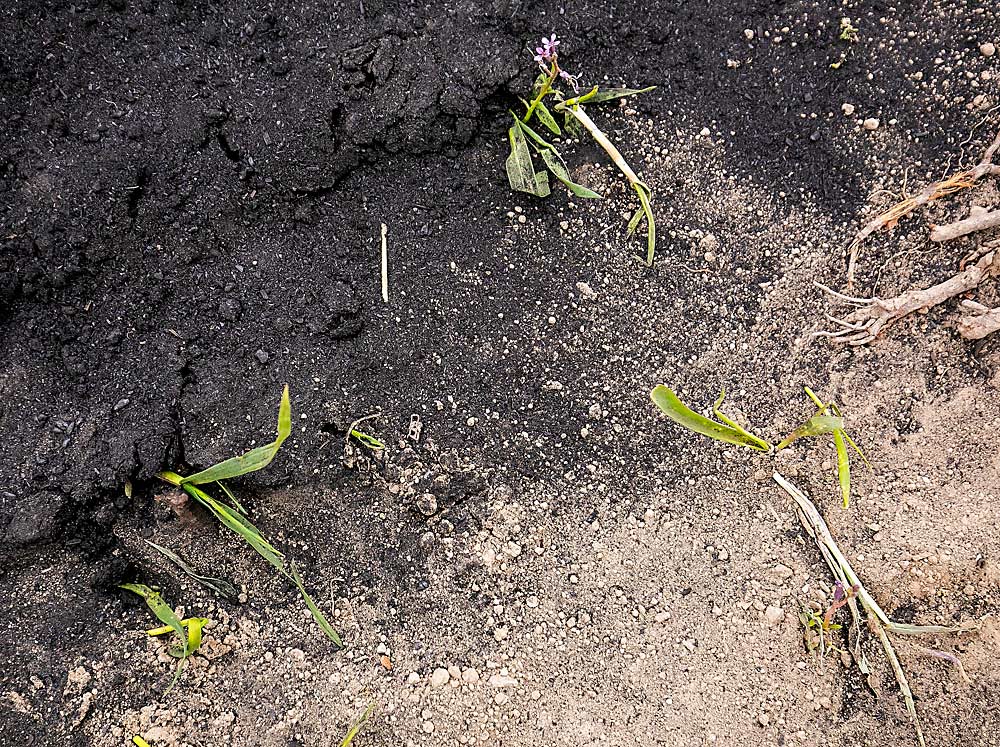
“By partnering with 3Degrees to quantify and issue carbon credits, Qualterra is providing a mechanism for its customers to garner incremental ROI on their utilization of biochar and/or implementing one of our biomass processing units,” CEO Mike Werner said in a statement.
The company has more than 50 acres of permanent crops, including tree fruit, grapes and hops, currently in on-farm trials with grower partners, he said, and Qualterra is “passing 100 percent of the carbon credits associated with the biomass processing and biochar on to our customers.”
Kruger called the emerging landscape of voluntary agricultural carbon credit markets “a bit of a Wild West.” It’s so complicated that growers will need expert help to navigate the market, he said.
Few, if any, experts have focused on the tree fruit sector — until recently.
Bardsley, who has roots in the apple industry, saw that gap in the permanent crop sector as an opportunity. In addition to the ability to sell credits, he said the BX platform can give growers an estimate of the climate impacts from all of their farming practices that go into each apple — what’s known as a life cycle assessment.
If that sounds familiar, it’s because the Washington apple industry, led by the Northwest Horticultural Council and WSU, recently launched a collective research project to build such an assessment, from planting to packing.
“A life cycle assessment helps us understand what things are more important and what are less important,” when it comes to climate impacts, said Yorgey, who leads the effort for WSU. “It’s just more complex to quantify and understand what the footprint is of a farming system” — compared to, say, manufacturing.
Some pieces of that puzzle are more straightforward, such as diesel fuel inputs; others remain very difficult, such as estimating how much nitrous oxide is released from orchard soils, which depends on fertilizer inputs, soil conditions and soil microbe activity.
Life cycle assessments exist with differing levels of quantification for these complex systems, Yorgey said, and are refined over time as the science improves.
Both the industry project and the BX assessment aim to help growers better understand which practice changes offer the most climate-friendly impact and which they might be willing to adopt for an incentive. Bardsley said he’s open to partnering with WSU on the project as well.
BX’s approach appeals to Borton because it provides third-party validation and measurement of the farms’ current practices. Some retailers already expect their suppliers to cut carbon emissions, and Borton wants to be proactive, rather than reactive, he said.
“As tree fruit growers, my strong belief is that our permanent farms are as sustainable as any other fruit or vegetable choice at the supermarket,” he said. “We have to have some third party help us validate and measure and create a framework to demonstrate those things.”
—by Kate Prengaman

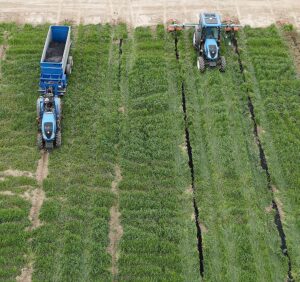

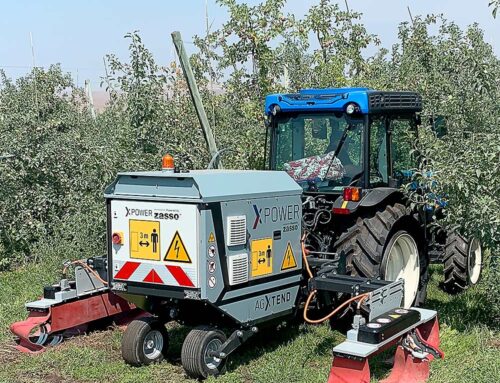
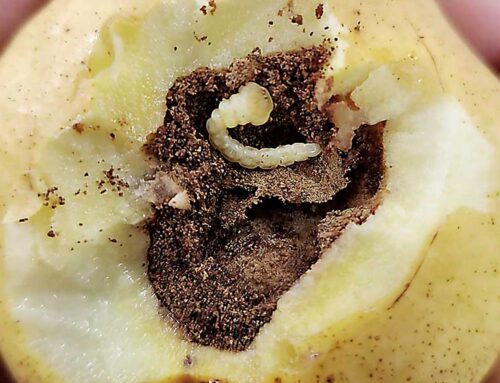
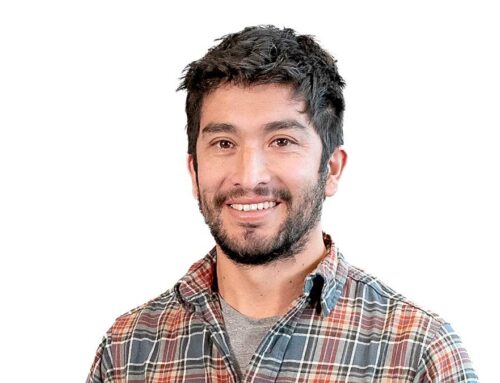

Leave A Comment